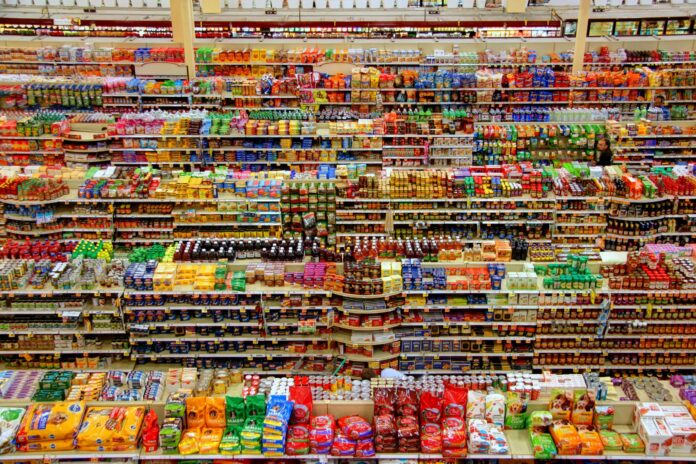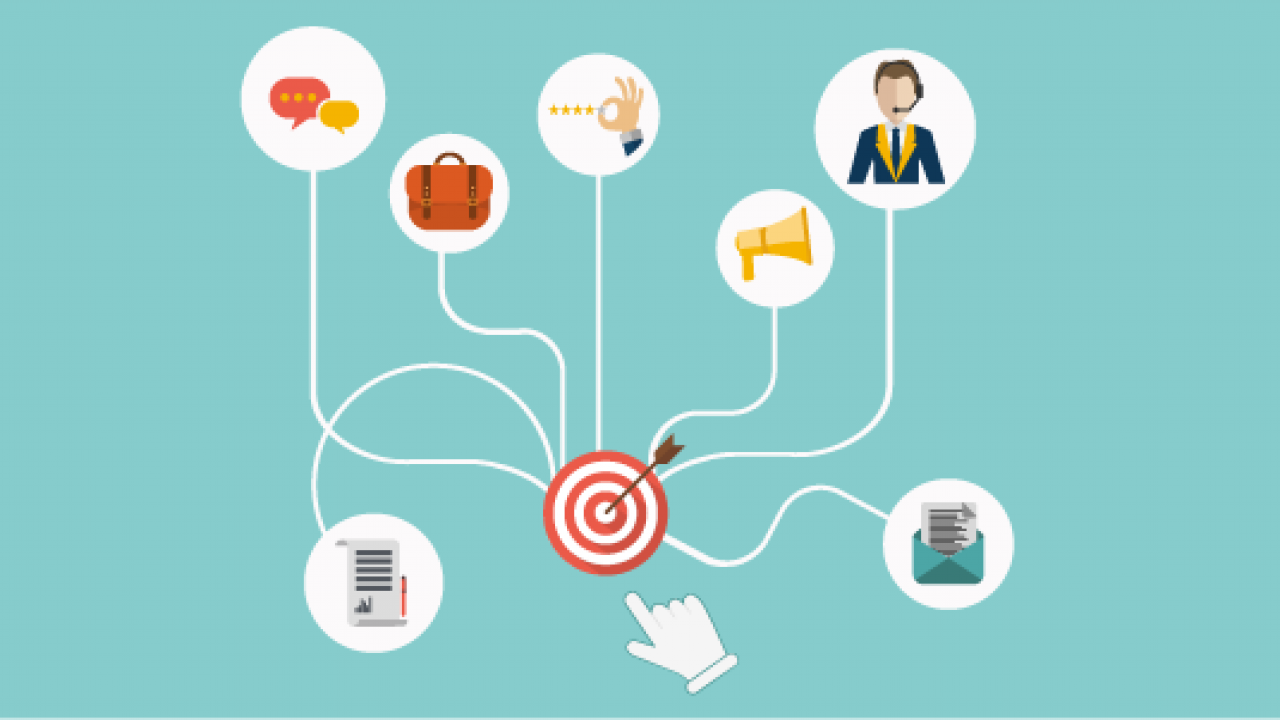
It is essential for retail stores to have the right shelving units in order to optimize their store layouts. Having the proper shelving units can improve customer experience, increase sales, and make merchandising easier and more efficient.
With the right shelving unit design, retailers can create a space that encourages customers to shop longer and spend more money on products in-store.
This article will discuss how retailers can utilize different types of retail shelving units in their stores to maximize profitability by optimizing their store layout.
1. Understanding the Role of Merchandising in Retail Stores
Merchandising plays a key role in retail stores. It is the art of displaying products to maximize customer engagement and sales. Merchandisers need to understand how customers shop, their preferences, and the latest trends in order to effectively showcase items.
To optimize store layouts with the right shelving units, merchandisers should consider factors such as product size and weight; shelf height; color coordination; product placement in relation to other items; labeling that stands out but doesn’t distract from other products; signs or banners for special offers or discounts; pricing information that is clear and concise; good lighting to draw attention to items on display.
By using these tactics, retailers can create an inviting atmosphere that encourages customers to browse more deeply into their selections and ultimately increase sales through effective merchandising strategies.
2. Identifying Effective Shelving Solutions for Optimal Store Layout

When it comes to merchandising in retail stores, the right shelving units are essential for optimizing store layout. Shelves can make all the difference when creating an attractive and inviting space that encourages customers to stay and browse.
By identifying effective shelving solutions, retailers can maximize their opportunity to display products while providing easy access for shoppers. The best way to find the perfect shelf is by considering factors like product size, weight capacity, portability, visibility levels, and style.
Once these criteria have been met, a retailer should also consider how shelves will fit into the overall store design scheme and how they might be used to divide up different sections of merchandise efficiently.
With careful consideration of all these elements combined with creative thinking about how shelving can contribute to a positive shopping experience, retailers will be well on their way to developing an optimal store layout with effective shelving solutions.
3. Designing a Retail Store Layout with Appropriate Shelving Units
Merchandising in retail stores is an important part of a successful business. Having the right shelving units can help to optimize your store layout, making it easier for customers to browse and find what they’re looking for.
When choosing which shelving units to install, you should consider factors such as how much space you have available, the type of products being sold, and the customer traffic flow through your store. You may need different types of shelves for heavier items versus lighter ones or even separate areas dedicated solely to displaying certain product lines.
Additionally, adjustable shelves are great if you plan on changing up your merchandise often since they allow flexibility in how many and what kind of items can be stored on them at any given time.
Lastly, incorporating storage solutions like baskets or cubbies into your design will make it easier for customers to search through smaller items that would otherwise get lost amongst other merchandise. Following these tips should help ensure that your retail store layout is optimized with the right shelving units.
4. Utilizing Visual Clues to Enhance Customer Engagement and Sales Conversion Rates

Having the right shelving units in your retail store is essential for optimizing customer engagement and sales conversion rates. By utilizing visual clues, you can create a more attractive store layout that allows customers to easily find what they are looking for.
Shelving units come in various sizes and shapes, so consider what type of merchandise you want to display when choosing which shelving unit best fits your needs. Additionally, placing shelves at different heights will add dimension to your store’s layout, making it easier for customers to browse through products and make purchases quickly.
Finally, using product displays or mannequins can help draw attention to certain items while also providing information about product features and benefits. Utilizing these visual cues in combination with the right shelving units is sure to attract customers as well as increase sales conversion rates in any retail store environment.
5. Analyzing the Impact of Different Shelving Configurations on Overall Performance
Analyzing the impact of different shelving configurations on overall performance in retail stores is an important task for any business. Shelving units are a key aspect of merchandising and have a huge effect on sales and customer experience.
It is essential to choose the right shelving configuration that will maximize your store’s potential and help you reach your goals. Optimizing your store layout with the best shelves can increase efficiency, reduce overhead costs, improve customer satisfaction, and ultimately boost profits.
Carefully considering factors such as product type, placement, accessibility, lighting levels, visibility angles, and more when selecting shelving units for your store will ensure you optimize both product presentation and ease of shopping for customers while also maximizing space utilization within the store.
Creating an effective shelf layout requires careful consideration of how products should be grouped together to create attractive displays that entice shoppers to explore further within the store creating a great shopping experience for them which in turn increases sales opportunities.
6. Leveraging Technology to Optimize Your Retailing System and Increase Efficiency

Merchandising plays an essential role in the success of a retail store. It is important for retailers to think about how they display products and create an inviting atmosphere in order to maximize sales.
One way to do this is by optimizing your retail store layout with the right shelving units. Leveraging technology can help you achieve this goal by providing accurate measurements, aiding in product placement, and tracking consumer behavior patterns.
With precise measurements, retailers can determine the best locations to place shelves and optimize their store’s space utilization while also keeping customers satisfied with easy-to-navigate layouts.
Additionally, leveraging technology allows businesses to understand consumer preferences better so they can adjust product displays accordingly. By utilizing these tools, retailers can boost efficiency levels and increase profits through effective merchandising strategies.



